Tsuga mertensiana in 6b?
mlh6bma
8 years ago
Featured Answer
Sort by:Oldest
Comments (13)
ken_adrian Adrian MI cold Z5
8 years agoGaren Rees
8 years agoRelated Professionals
Elwood Landscape Architects & Landscape Designers · Sand Springs Landscape Architects & Landscape Designers · Summit Landscape Architects & Landscape Designers · Tempe Landscape Contractors · Dixon Landscape Contractors · Fort Atkinson Landscape Contractors · Fort Worth Landscape Contractors · Lorain Landscape Contractors · Marlborough Landscape Contractors · Melrose Park Landscape Contractors · Old Saybrook Landscape Contractors · Parker Landscape Contractors · Santa Ana Landscape Contractors · Wareham Landscape Contractors · West Haverstraw Landscape Contractorssc77 (6b MA)
8 years agolast modified: 8 years agoMike McGarvey
8 years agosc77 (6b MA)
8 years agolast modified: 8 years agogardengal48 (PNW Z8/9)
8 years agopineresin
8 years agolast modified: 8 years agomlh6bma
8 years agowisconsitom
8 years agoMike McGarvey
8 years agoireena (zone 5-6)
8 years agosc77 (6b MA)
8 years ago
Related Stories
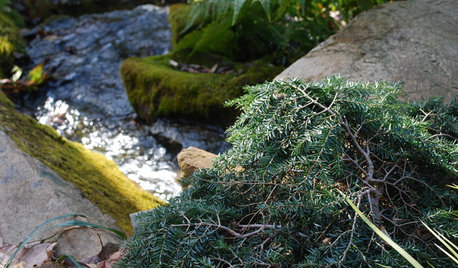
GARDENING GUIDESGreat Design Plant: Tsuga Canadensis ‘Bennett’
Bennett Canadian hemlock thrives in shade and provides sculptural interest in eastern U.S. gardens
Full Story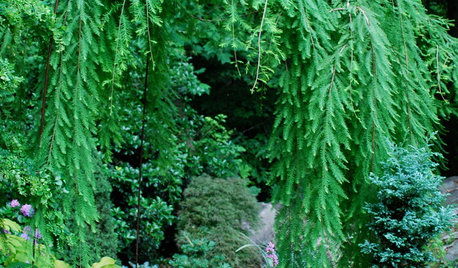
LANDSCAPE DESIGNThe Weepers and the Creepers: 10 Intriguing Trees for Your Garden
Bring something a little different to your landscape with a tree that dives, twists or crawls
Full Story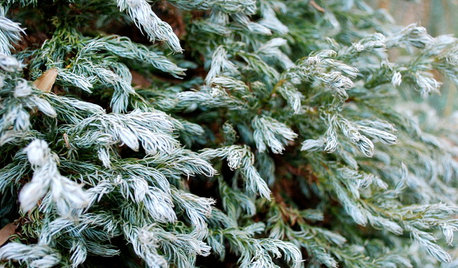
GARDENING GUIDESGreat Design Plant: Chamaecyparis Pisifera ‘Curly Tops’
Curly Tops sawara cypress brings great color, texture and shape to the garden — and its size is easily manageable
Full Story
LANDSCAPE DESIGNFlood-Tolerant Native Trees for Soggy Soil
Swampy sites, floodplains, even standing water ... if you've got a soggy landscape, these trees are for you
Full Story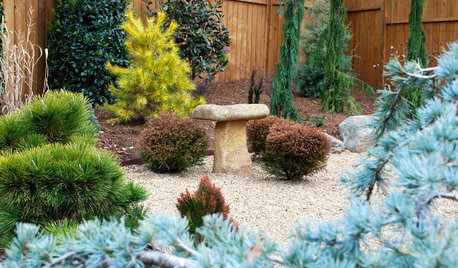
PLANTING IDEASDesigning With Conifers: Personality and Form in the Garden
Unique and full of interest, well-shaped conifers await a place your yard
Full Story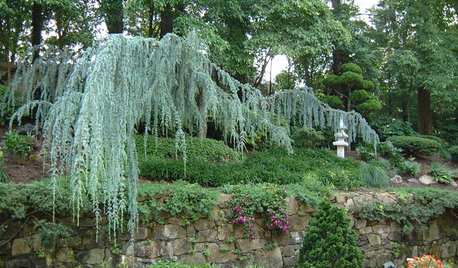
PLANTING IDEASDesigning With Conifers: Exploring Color
Colorful, structural and adaptable, conifers are waiting to transform your garden
Full Story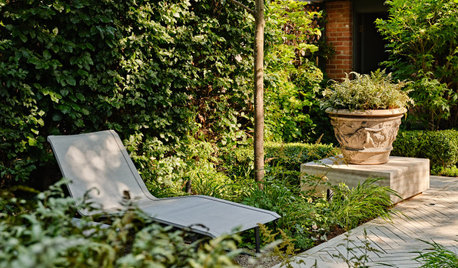
LANDSCAPE DESIGNHow to Create a Beautiful Shade Garden
Turn the cool, shady spot in your garden into your own quiet oasis
Full Story
TREESHow to Buy Healthy Trees and Shrubs
A healthy young plant with a strong form is more likely to do well in your yard. Here’s what to look for at the nursery
Full Story
LANDSCAPE DESIGNDitch the Ordinary Ditch: Create a Realistic Dry Creek Bed
Here’s how to turn your water runoff system into an eye-catching accent for your landscape
Full Story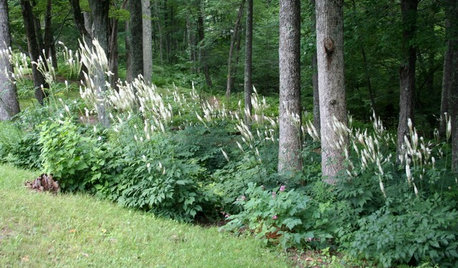
GARDENING GUIDESGreat Design Plant: Actaea Racemosa
Elegant flowers top black cohosh in summer woodland gardens
Full StoryMore Discussions









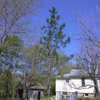
Mike McGarvey